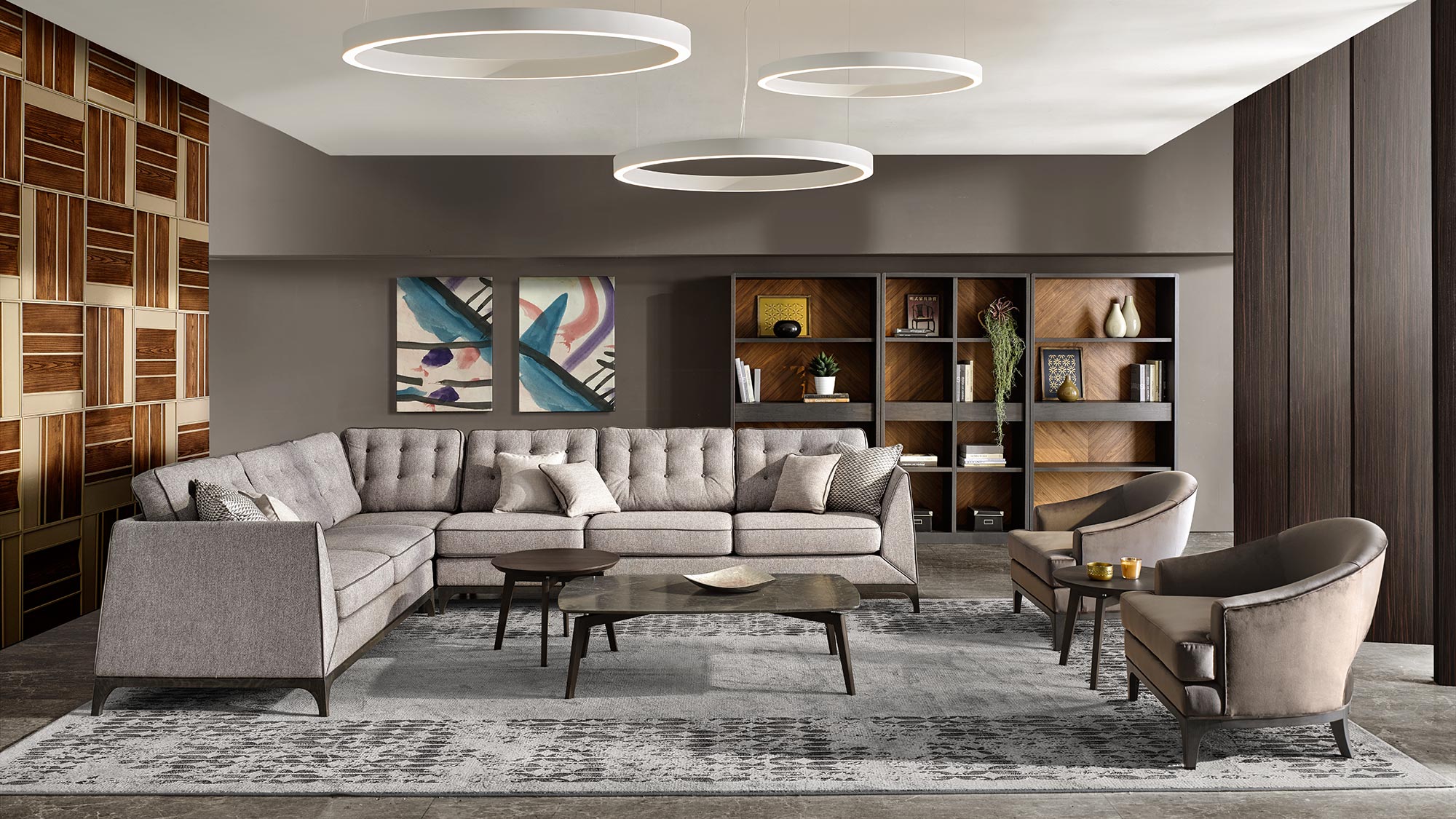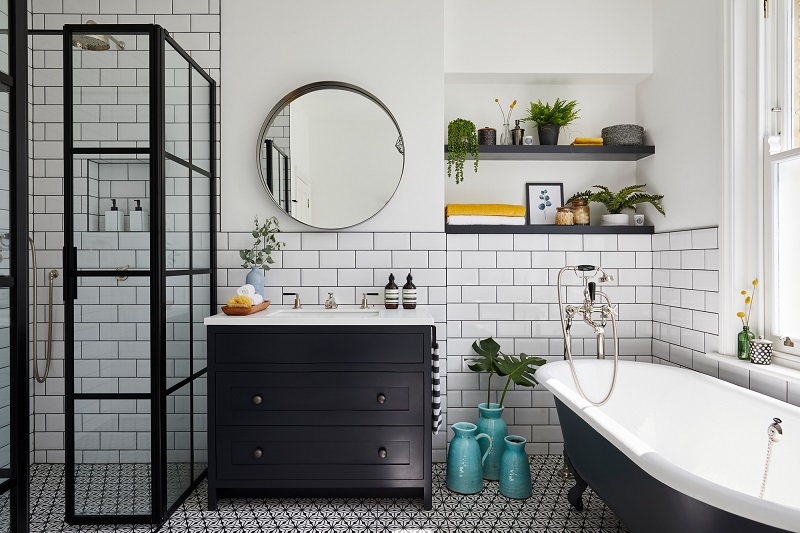Italian design has long been a hallmark of sophistication, innovation, and craftsmanship in the furniture industry. Rooted in a rich history of artistic excellence, Italian furniture design continues to shape contemporary interiors worldwide. From sleek modern aesthetics to timeless elegance, Italian design principles influence high-end furniture manufacturing, setting the benchmark for quality and style.
Historical Foundations of Italian Furniture Design
The influence of Italian design in contemporary furniture can be traced back to the Renaissance period when Italy was at the forefront of art, architecture, and craftsmanship. During this time, intricate wood carvings, elaborate gilding, and luxurious fabrics became defining features of Italian furniture. Over the centuries, Italian artisans refined their techniques, blending traditional craftsmanship with modern functionality.
In the 20th century, Italy became a leader in modern furniture design. Renowned designers such as Gio Ponti, Ettore Sottsass, and Achille Castiglioni introduced innovative forms, minimalist aesthetics, and experimental materials that revolutionized the industry. This period saw the emergence of Italian design as a global phenomenon, influencing the way furniture was created and perceived.
Key Characteristics of Italian Design in Contemporary Furniture
Italian design stands out for its distinctive features, which continue to define contemporary furniture trends. Some of these key characteristics include:
- Minimalist Elegance – Italian furniture design emphasizes simplicity with a touch of sophistication. Clean lines, smooth surfaces, and understated details create an effortlessly chic look that blends well with various interior styles.
- High-Quality Materials – Italian furniture brands prioritize premium materials such as solid wood, marble, glass, leather, and metal. These materials not only enhance durability but also contribute to a luxurious aesthetic.
- Innovative Craftsmanship – Italian furniture is synonymous with master craftsmanship. Artisans pay meticulous attention to detail, ensuring that every piece is not only visually stunning but also functional and durable.
- Fusion of Tradition and Modernity – While rooted in traditional craftsmanship, Italian furniture design embraces contemporary influences, integrating advanced technology and sustainable practices into production.
- Bold Aesthetics – Italian designers are known for pushing creative boundaries, incorporating bold shapes, unique textures, and artistic influences into their furniture designs. This results in statement pieces that stand out in any space.
Italian Influence in Contemporary High-End Furniture
Many luxury furniture brands worldwide draw inspiration from Italian design principles. The seamless integration of form and function, coupled with the use of exquisite materials, makes Italian-influenced furniture highly desirable. Whether in residential or commercial spaces, Italian-style furniture enhances interiors with its elegance and timeless appeal.
In living rooms, Italian-designed sofas and coffee tables create a sophisticated yet comfortable ambiance. Dining areas benefit from sleek marble-topped tables and sculptural chairs that add a touch of opulence. Bedrooms feature minimalist yet luxurious bed frames and wardrobes that balance aesthetics with practicality.
Sustainability in Italian-Inspired Furniture
As sustainability becomes a growing priority in the furniture industry, Italian-inspired designs are evolving to incorporate eco-friendly practices. Many manufacturers now source responsibly harvested wood, use non-toxic finishes, and implement energy-efficient production methods. Recycling and upcycling materials have also become integral to contemporary Italian-style furniture, ensuring environmental responsibility without compromising on quality.
Italian Design and Avant-Scène Tables Basses
One example of how Italian design influences contemporary furniture is seen in brands that prioritize craftsmanship and aesthetic refinement. Avant-Scène tables basses reflect these principles, combining functionality with artistic expression. These coffee tables showcase sleek, elegant lines and high-quality materials, mirroring the timeless appeal of Italian design.
Conclusion
Italian design continues to shape contemporary furniture, influencing everything from materials to aesthetics and craftsmanship. With its emphasis on quality, innovation, and sustainability, Italian-inspired furniture remains a top choice for those seeking timeless elegance and modern functionality. As the furniture industry evolves, Italian design principles will continue to inspire and define the future of contemporary interiors.



